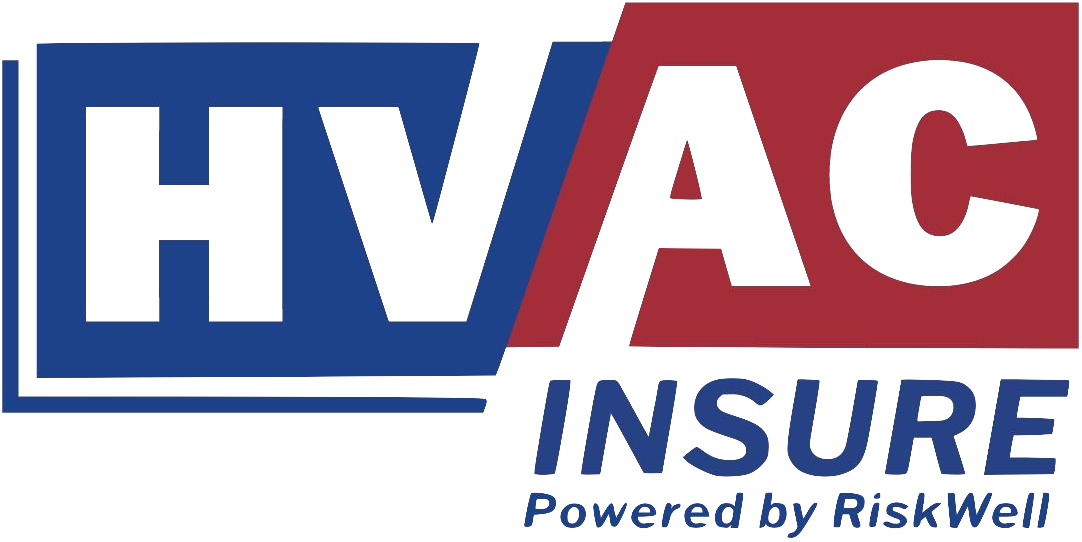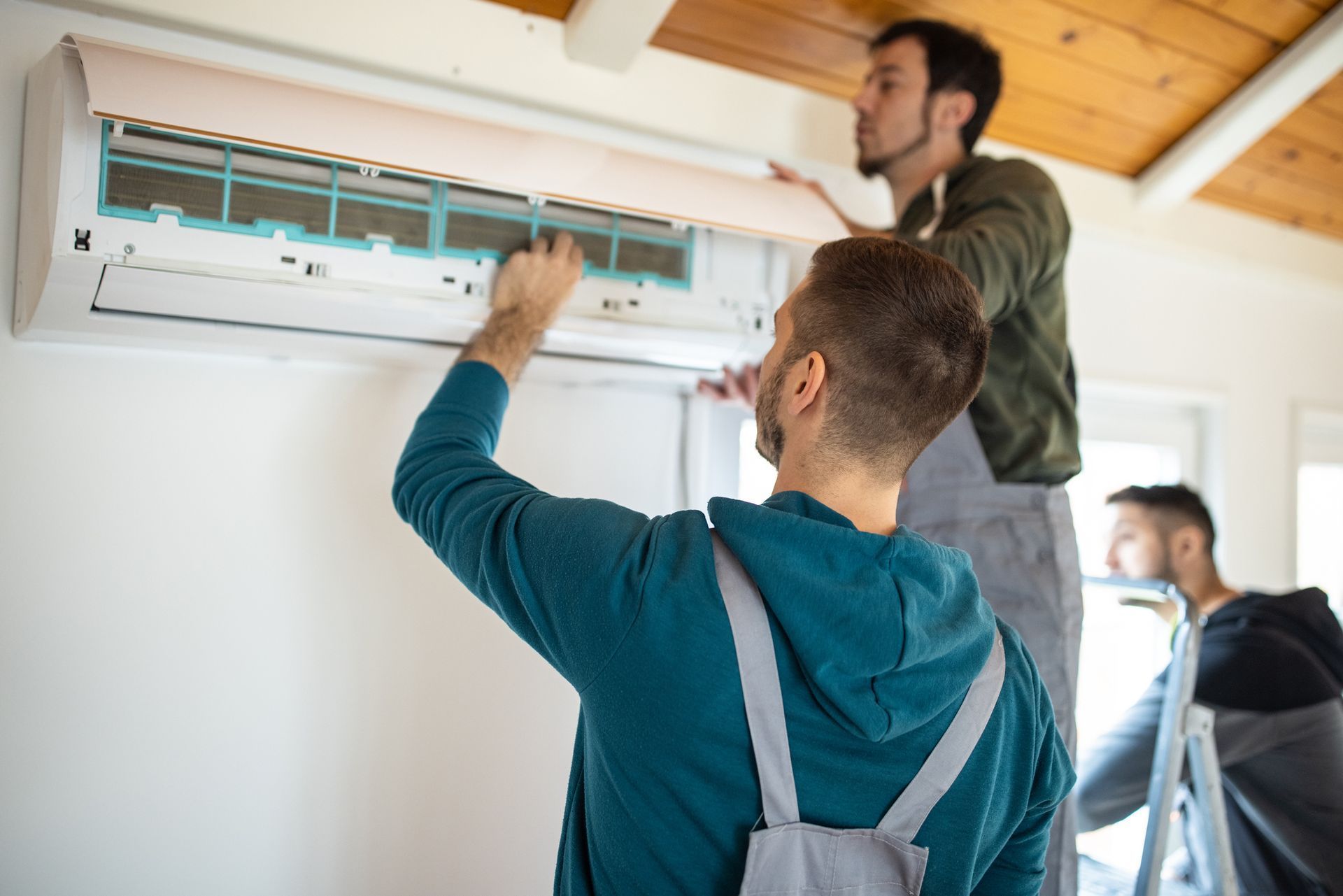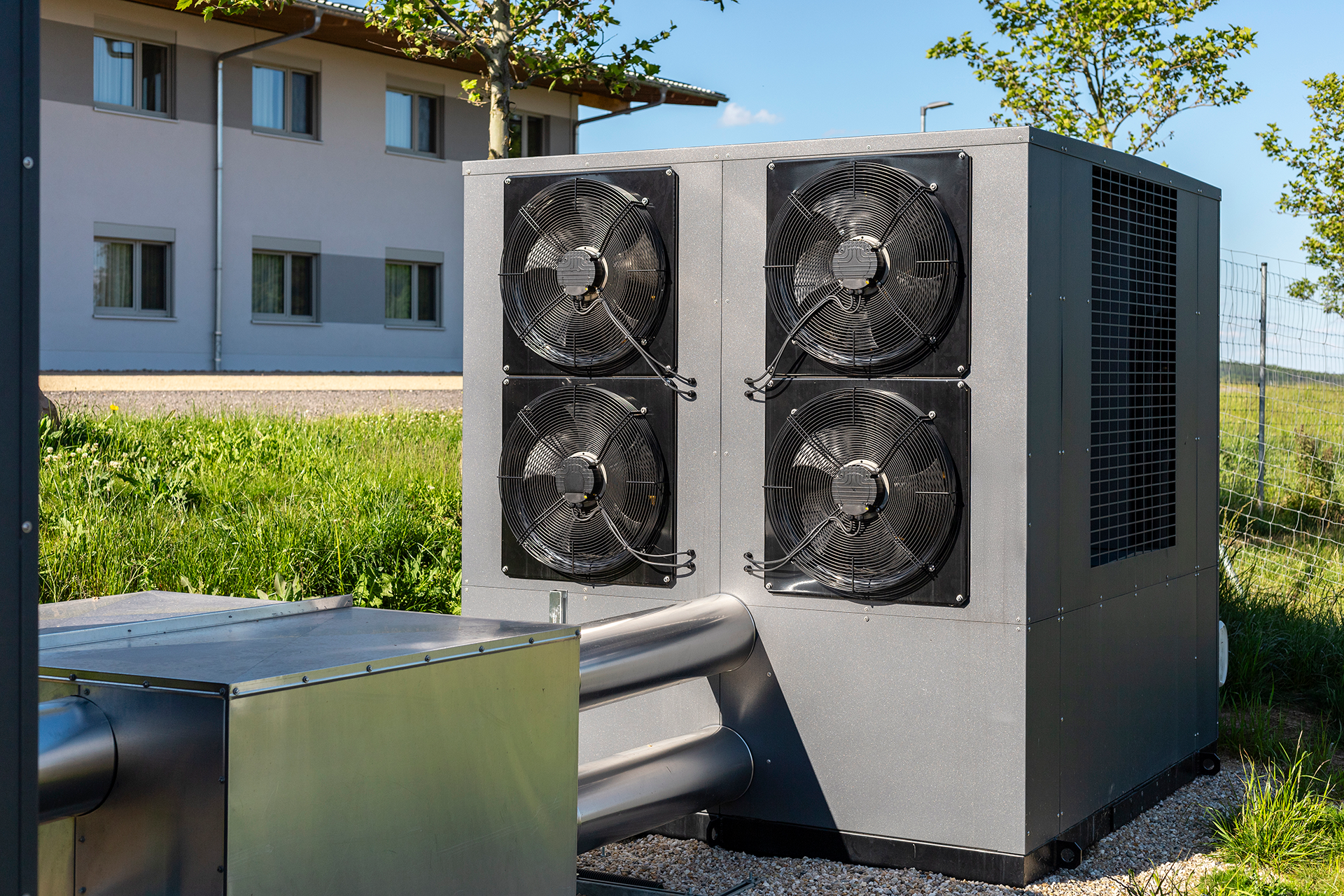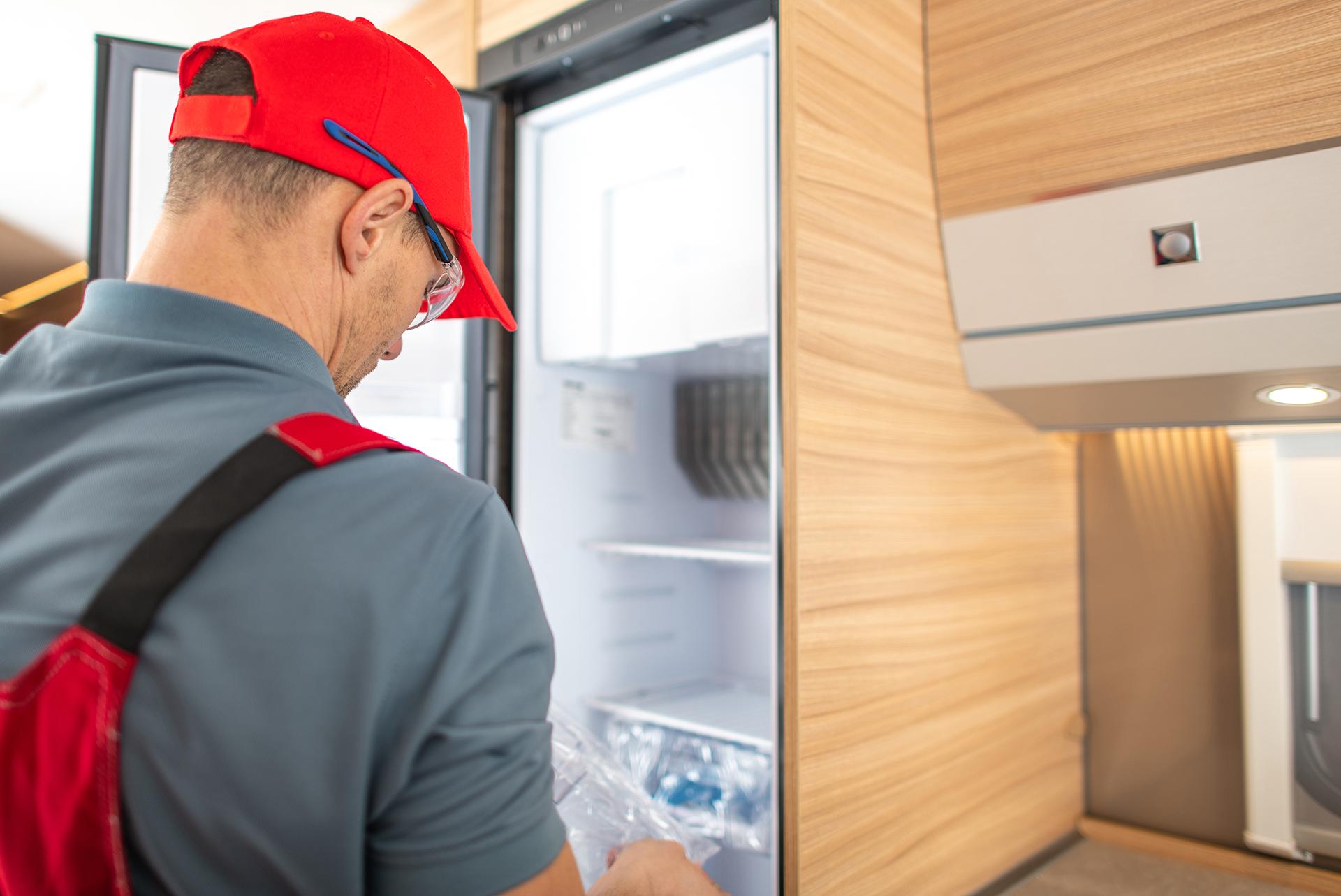Walk-In Cooler and Ice Machine Installation Company Insurance
or call us: (469) 678-8001
When it comes to installing walk-in coolers and ice machines, the stakes are high. One misstep can lead to costly equipment damage, property loss, or even injury claims. For contractors in this niche, insurance is not just a safety net but a critical business tool that protects against unexpected setbacks. Understanding the nuances of insurance coverage tailored to this industry can make the difference between a smooth operation and a costly dispute.
With the U.S. contractors' insurance market valued at $13.7 billion in 2024 and growing steadily, it’s clear that specialized coverage is becoming more important than ever. Contractors should work closely with their insurance agents to ensure policies align with their specific operational risks and realities according to industry experts.
Why Specialized Insurance Matters for Cooler and Ice Machine Installers
Walk-in cooler and ice machine installation involves complex equipment and sensitive environments. Standard insurance policies often exclude certain claims common in this field, such as refrigerant leaks or equipment malfunctions. In fact, 39% of HVAC and refrigeration equipment claims in 2024 were related to causes typically excluded from standard policies. This highlights the need for contractors to seek specialized insurance coverage that addresses these unique risks.
Refrigeration systems contribute significantly to environmental concerns, too. The refrigeration sector accounts for about 7% of global greenhouse gas emissions, with refrigerant leaks making up roughly a quarter of emissions from commercial refrigeration systems. This environmental impact can lead to stricter regulations and higher liability risks for installers, making tailored insurance coverage even more crucial according to recent studies.
For contractors, this means insurance policies need to cover not only physical damages but also environmental liabilities. Working with an insurance agent who understands these nuances can help installers avoid costly gaps in coverage. Additionally, specialized insurance can provide protection against business interruptions caused by equipment failures or regulatory changes, which can be particularly devastating in the food service industry where temperature control is critical. Ensuring that your insurance policy includes provisions for lost income during such downtimes is essential.
Moreover, as technology advances, the equipment used in refrigeration becomes more sophisticated, leading to new risks that standard policies may not cover. For instance, newer systems may use alternative refrigerants that, while more environmentally friendly, can pose different challenges and liabilities. Understanding these evolving risks is vital for contractors, as is having an insurance policy that adapts to these changes. By investing in specialized insurance, contractors not only protect their business but also position themselves as responsible and informed professionals in an industry that is increasingly scrutinized for its environmental impact.
HVACInsure is fully licensed and permitted to sell contractor and commercial insurance in USA.
We proudly serve clients throughout the United States and maintain partnerships with local Texas insurance carriers to ensure HVAC professionals receive compliant, affordable, and comprehensive coverage that meets project and regulatory requirements.
Key Insurance Coverages for Installation Companies
Walk-in cooler and ice machine installers face a range of risks, from on-site injuries to equipment failure and environmental damage. Here are some essential insurance coverages to consider:
- General Liability Insurance: Protects against third-party claims for bodily injury or property damage. This is foundational for any contractor.
- Professional Liability Insurance: Covers errors or omissions related to design, installation, or consulting services.
- Equipment and Tools Coverage: Ensures replacement or repair of expensive installation tools and machinery.
- Pollution Liability Insurance: Critical for addressing refrigerant leaks or other environmental hazards linked to refrigeration systems.
- Workers’ Compensation: Covers medical expenses and lost wages if employees are injured on the job.
Choosing the right mix depends on the size of the business, the scope of work, and regional regulations. Since 97% of U.S. small businesses carry some form of insurance, reflecting a growing awareness of risk management, installation companies should not overlook these protections according to recent statistics.
General Liability vs. Professional Liability
General liability covers accidents like a customer slipping on a wet floor during installation. Professional liability, on the other hand, protects against claims that the installation was faulty or caused damage after the job was completed. Both are important, but professional liability is often overlooked by contractors focused mainly on physical risks. Understanding the nuances between these two types of coverage can save installation companies from significant financial setbacks, especially in cases where a client alleges that the installation did not meet industry standards or specific project requirements.
Pollution Liability: A Growing Concern
Refrigerant leaks are a major contributor to greenhouse gas emissions in the refrigeration industry. Since these leaks can cause significant environmental harm, pollution liability insurance is becoming more common and sometimes mandatory. It protects installers from claims related to accidental releases of refrigerants or other hazardous substances during installation or maintenance. This coverage not only safeguards the business financially but also enhances its reputation as a responsible entity committed to environmental stewardship. As regulations tighten around environmental practices, having pollution liability insurance can also be a competitive advantage, demonstrating to clients that the company prioritizes compliance and sustainability in its operations.
Moreover, the implications of not having adequate pollution liability coverage can extend beyond immediate financial loss. Companies may face legal actions from environmental agencies or community groups, leading to costly litigation and potential fines. Additionally, the damage to a company's reputation can have long-lasting effects, impacting future contracts and client relationships. Therefore, installation companies should not only consider the cost of these insurance policies but also the broader implications of environmental responsibility and risk management in their business strategy.
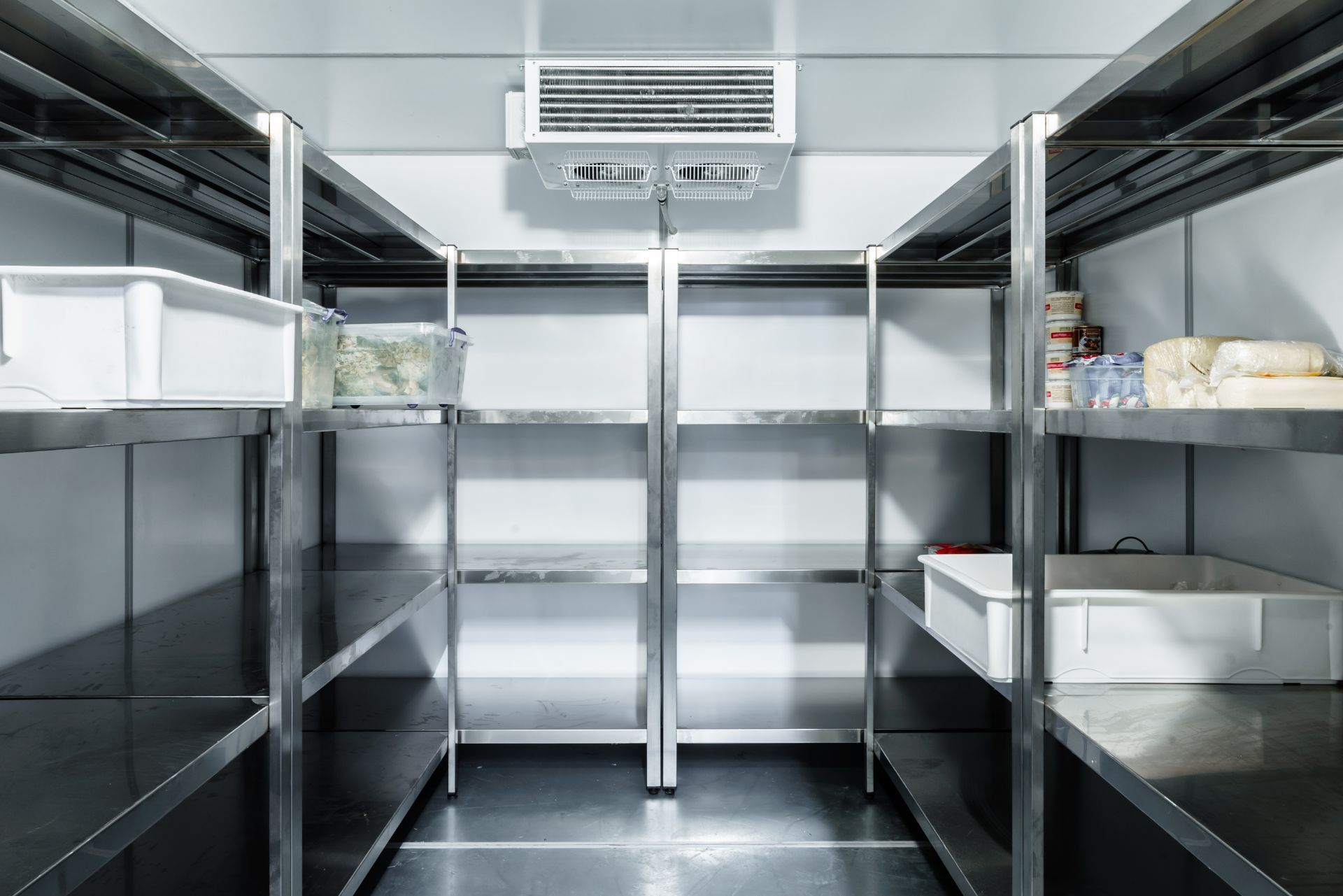
Market Trends Affecting Insurance Needs
The HVAC and refrigeration insurance market is evolving rapidly. Technological advances in equipment, changing environmental regulations, and shifting risk profiles are driving up premiums and altering coverage requirements. Installers must stay informed about these trends to avoid surprises when filing claims or renewing policies.
For example, the HVAC market in the U.S. is projected to reach $31.4 billion by 2034, growing at a compound annual growth rate of 7.5%. This growth means more installations, more equipment, and consequently, greater insurance needs according to industry forecasts. As the demand for energy-efficient systems rises, contractors are also faced with the challenge of adapting to new technologies that may not yet be fully covered under existing policies. The integration of smart technology in HVAC systems, for example, introduces new risks related to cybersecurity and data breaches, necessitating a reevaluation of traditional insurance coverage.
Contractors should also prioritize insurers with responsive claims management. Prompt and fair claims handling can prevent costly delays and disputes that disrupt business operations. Expert advice suggests working with insurers known for their responsiveness to safeguard your bottom line
as noted by insurance professionals. Additionally, as the industry continues to innovate, it is crucial for contractors to engage in regular discussions with their insurers about emerging risks and coverage options. This proactive approach not only enhances understanding of policy details but also ensures that contractors are adequately protected against unforeseen liabilities, such as those arising from new installation techniques or materials that may not have been previously considered in their insurance plans.
How to Choose the Right Insurance Partner
Finding an insurance provider that understands the specific risks of walk-in cooler and ice machine installation is vital. Here are some tips for selecting the right partner:
- Look for Industry Expertise: Choose insurers with a track record in HVAC and refrigeration coverage.
- Evaluate Claims Support: Check reviews or ask for references regarding claims responsiveness.
- Customize Coverage: Avoid one-size-fits-all policies; tailor coverage to your operational realities.
- Understand Exclusions: Clarify what is and isn’t covered, especially regarding environmental risks.
Working closely with your insurance agent ensures your policy keeps pace with your business growth and changing regulations. This proactive approach can save money and prevent coverage gaps. Additionally, consider the financial stability of the insurance provider. A company with a strong financial rating is more likely to meet its obligations during claims, providing peace of mind that your investment is protected. Look for ratings from independent agencies such as A.M. Best or Standard & Poor’s, which can give you insight into the insurer's reliability and performance.
Another critical factor is the insurer's customer service. A responsive and knowledgeable support team can make a significant difference when you need assistance or have questions about your policy. Engage with potential partners to gauge their communication style and willingness to educate you on the intricacies of your coverage. This relationship can be invaluable, especially in times of crisis when you need quick answers and support to navigate complex claims processes.
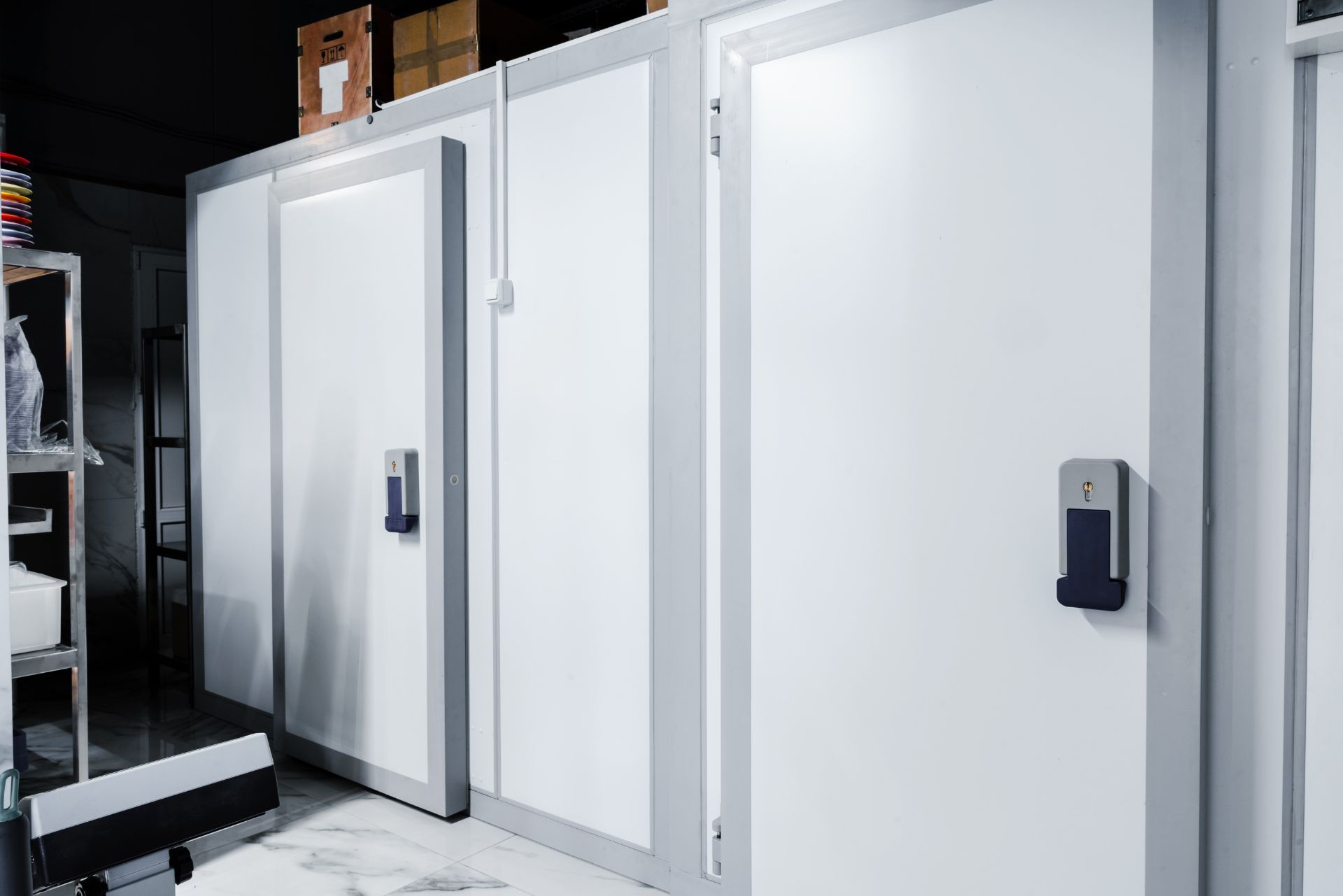
Common Risks and How Insurance Mitigates Them
Walk-in cooler and ice machine installers face a variety of risks every day. Understanding these helps in selecting the right insurance and managing your business effectively.
Equipment Damage and Malfunctions
Installation involves handling sensitive refrigeration equipment that can be costly to repair or replace. Insurance that covers equipment damage protects against financial loss from accidents or defects during installation. Furthermore, the complexity of modern refrigeration systems means that even minor errors can lead to significant malfunctions, resulting in costly downtime for both the installer and the client. Regular maintenance and proper training can mitigate some risks, but having robust insurance coverage provides peace of mind in the event that something goes wrong.
Property Damage
Accidental damage to a client’s property is a common risk. General liability insurance covers these incidents, helping contractors avoid out-of-pocket expenses for repairs or lawsuits. This type of coverage is essential not only for protecting physical assets but also for maintaining a good reputation in the industry. A single incident can lead to a loss of trust from clients, making it crucial for contractors to be prepared for the unexpected. Additionally, having a clear plan for addressing property damage claims can streamline the process and ensure that both parties feel supported and respected.
Environmental Liability
Refrigerant leaks not only harm the environment but can also lead to regulatory fines and cleanup costs. Pollution liability insurance shields contractors from these liabilities. As environmental regulations become increasingly stringent, the importance of this coverage cannot be overstated. Contractors must not only be aware of the materials they are working with but also stay informed about local regulations regarding refrigerants and disposal methods. By investing in environmental liability insurance, businesses demonstrate their commitment to sustainable practices while safeguarding themselves against potential legal repercussions.
Employee Injuries
Installing heavy equipment carries a risk of injury. Workers’ compensation insurance covers medical costs and lost wages, protecting both employees and employers. In addition to this essential coverage, implementing a comprehensive safety training program can significantly reduce the likelihood of workplace accidents. Regular safety drills, proper equipment handling techniques, and the use of personal protective equipment (PPE) can create a safer work environment. Moreover, fostering a culture of safety not only protects employees but also enhances overall productivity, as workers feel more secure and valued in their roles.
Insurance Cost Factors for Installation Companies
Several factors influence insurance premiums for walk-in cooler and ice machine installation businesses. Understanding these can help contractors manage costs effectively.
- Business Size and Revenue: Larger companies with more employees and higher revenue typically pay higher premiums.
- Claims History: A history of frequent or severe claims can increase costs.
- Coverage Limits and Deductibles: Higher coverage limits and lower deductibles raise premiums but offer better protection.
- Geographic Location: Areas with stricter regulations or higher risk profiles may have higher premiums.
- Safety Practices: Businesses with strong safety protocols often qualify for discounts.
Given the dynamic nature of the HVAC insurance market, staying informed and regularly reviewing your policy is essential to ensure you’re not overpaying or underinsured
according to industry reports.
What Installation Companies Should Remember
Insurance for walk-in cooler and ice machine installation companies is more than a formality. It’s a strategic investment that protects against operational risks, environmental liabilities, and financial setbacks. With nearly 40% of HVAC claims involving causes excluded from standard policies, specialized coverage is not optional but necessary.
Partnering with knowledgeable insurance agents, prioritizing responsive insurers, and tailoring coverage to your business needs will help you navigate the complex insurance landscape. As the industry grows and regulations tighten, staying proactive about insurance will keep your business resilient and competitive.
Frequently Asked Questions
Q: Do I need pollution liability insurance for refrigerant leaks?
A: Yes. Refrigerant leaks can cause environmental damage and regulatory fines. Pollution liability insurance covers these risks.
Q: What is the difference between general liability and professional liability insurance?
A: General liability covers physical injuries and property damage. Professional liability protects against errors or omissions in your work.
Q: Can insurance cover my tools and equipment?
A: Yes. Equipment coverage protects your tools and machinery from theft, loss, or damage.
Q: How can I lower my insurance premiums?
A: Implement safety practices, maintain a good claims history, and work with your agent to adjust coverage limits and deductibles.
Q: Is workers’ compensation mandatory for installation companies?
A: In most states, yes. It covers employee injuries on the job and is often required by law.
Q: How often should I review my insurance policy?
A: At least annually or whenever your business undergoes significant changes.
Q: What should I look for in an insurance provider?
A: Industry expertise, responsive claims handling, customizable policies, and clear communication about coverage details.

About The Author: James Jenkins
I’m James Jenkins, Founder and CEO of HVACInsure. I work with HVAC contractors and related trades to simplify insurance and make coverage easier to understand. Every day, I help business owners secure reliable protection, issue certificates quickly, and stay compliant so their teams can keep working safely and confidently.
Reviews
HVAC Contractor Reviews of
We're trusted by HVAC contractors throughout the US. Check out what our clients have to say about HVACInsure:
Coverage for Crews, Vehicles, and Tools
Insurance for HVAC Contractors
We provide business insurance designed for HVAC contractors. These policies protect your crew, vehicles, and tools while helping you meet project requirements. Every policy is explained clearly and delivered quickly so you can work without delays.
Resources
Insurance Tips for HVAC Contractors
Our blog is built for contractors who want fast answers. Each article covers common questions and risks in under five minutes of reading.
Frequently Asked Question
Common HVAC Contractor Insurance Questions
These FAQs address common contractor questions. As HVACInsure grows, we will update this section with real client experiences and answers.
Why should an HVAC contractor use HVACInsure instead of a general agency?
Specialists understand jobsite requirements, certificate wording, and common endorsements for HVAC work. You get cleaner paperwork, faster approvals, and coverage that fits how your crews operate.
This reduces delays at the gate, avoids gaps, and helps you pass compliance checks the first time.
How fast can I get a Certificate of Insurance (COI)?
Most standard COIs are issued the same business day after binding or updates. If you need additional insured, primary/non-contributory, or waiver language, we prepare it correctly the first time.
Our goal is simple: get your crew on site without paperwork delays.
What coverages do HVAC contractors usually need?
Core policies include General Liability, Commercial Auto, Workers’ Comp, Property/Tools, Inland Marine, and Umbrella. Many projects require higher limits and specific endorsements.
We align your coverage with contract terms and explain each choice in plain language.
Will my tools and scheduled equipment be covered in vans or on jobsites?
Yes. Inland Marine (tools and equipment) can cover items in transit, stored in vehicles, or staged on site.
High-value items can be scheduled, and limits can match your daily field use to keep work moving.
Can I lower my premium without weakening protection?
Often, yes. Clean driver lists, accurate payrolls, safety programs, and bundling policies can help.
We review your profile, request carrier credits, and adjust limits and deductibles to control cost while meeting project requirements.
What should I do after a loss?
Contact us right away so we can file with the correct carrier and set expectations. We guide documentation, next steps, and follow-ups until closure.
Fast reporting and clear records help resolve claims sooner and keep your team focused on work.

Still have questions?
Can’t find the answer you’re looking for? Please chat to our friendly team!
Contact Us
